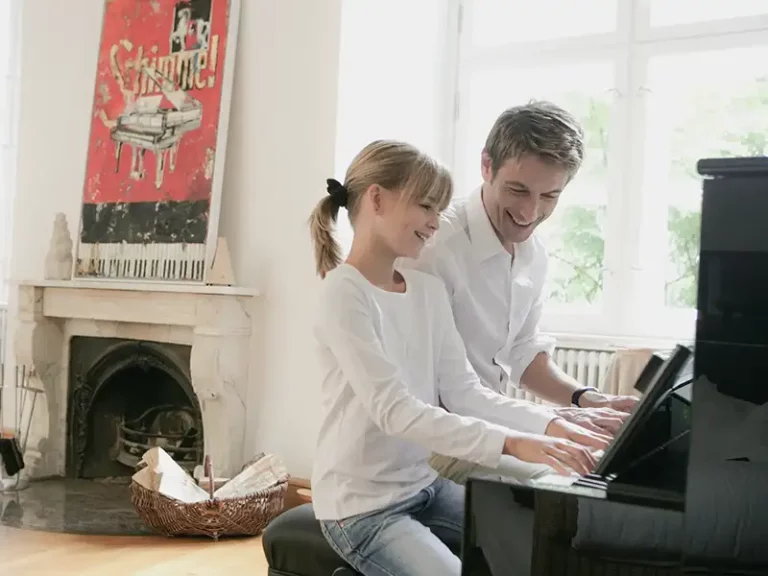
Touch and sound perception
The instrumental qualities of a piano are of decisive importance in deriving a sense of well-being from its use. The sound-producing mechanism of the instrument must however blend perfectly with the mechanical (touch) mechanism for reliability and dynamic response in performance applications. Energy flows in nature in an orderly, systematic manner, reproducing itself, returning to its source or becoming transformed. This can also be applied to the tonal aspects of the acoustic piano. The energy transmitted by the keys (force, speed and path of the key’s movement) is transferred to the moving hammers by means of the keyboard/ action mechanism. This energy is then conveyed to the strings by the impact of the hammers on the strings, setting the strings into vibration. The sound-producing mechanism of the instrument then amplifies the vibrations of the strings. Each individual string produces its own vibrational pattern, which adapts itself to those of the other strings, making its contribution to the enrichment of the overall sound pattern. Finally, the airborne sound waves, generated by the vibrating soundboard, upon reaching the ears are transformed into minute electrical signals that can be perceived by the brain.











